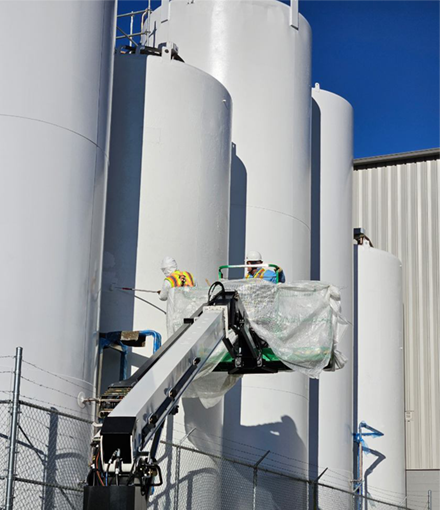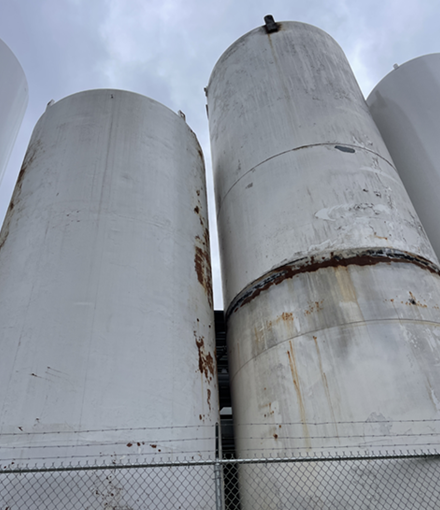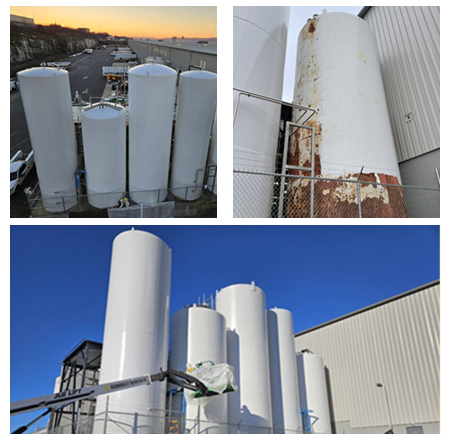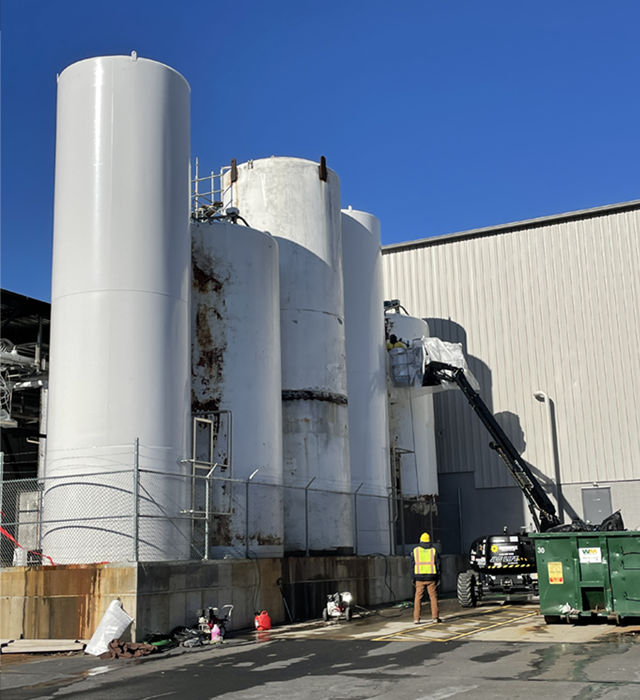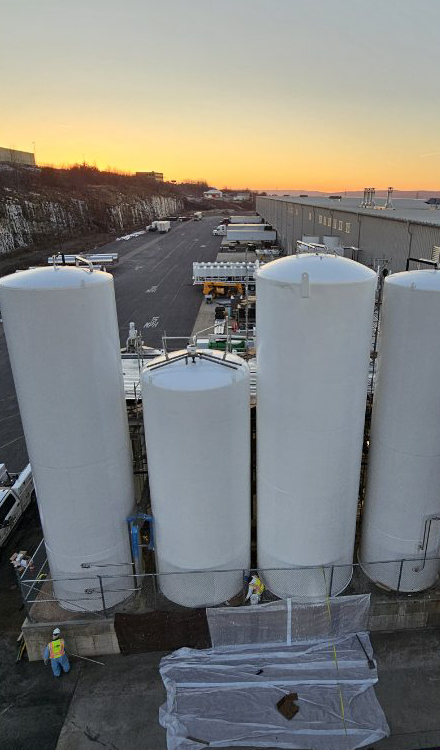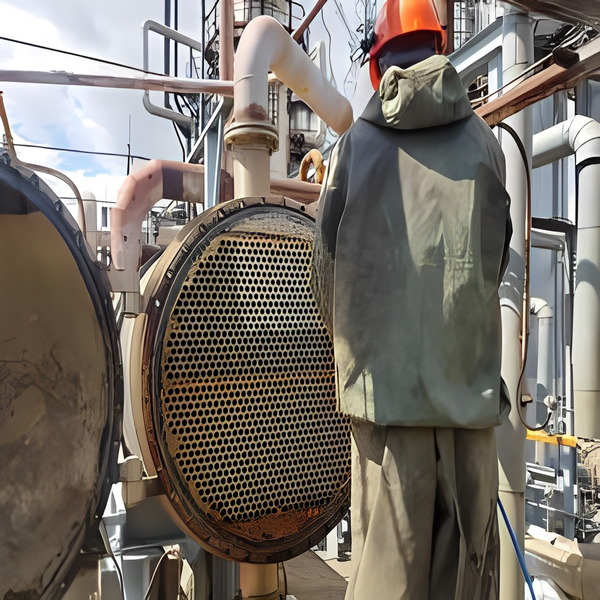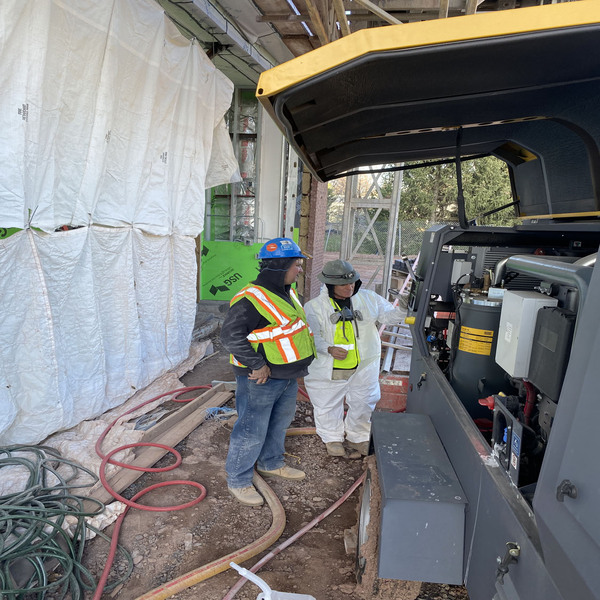Types of Corrosion in Storage Tanks
- General : General corrosion occurs throughout a tank.
- Local : This type of corrosion appears in specific areas of a tank. Corrosion occurs faster in localized sites because of the dislodging of surface rust or scale when the tank flexes. As the surface thins due to stress, corrosion accelerates. Localized corrosion also occurs where water collects or flows within a tank.
- Pitting : Pitting is a type of local corrosion found along horizontal surfaces, the bottom of tanks, and places where water accumulates. It tends to occur when seawater collects on a metal surface, causing microbial or electrolytic corrosion.
- Weld metal corrosion : When the metal used for welding causes interacts with the metal in the oil tank, an electrolytic action occurs.
Storage tanks are generally made of steel. While steel offers the strength needed to hold and protect products like, it’s vulnerable to corrosion. During the manufacturing stage, modern steel tanks receive a protective surface coating to prevent corrosion. The coating, however, doesn’t last forever. It is necessary for the tanks to undergo maintenance every 5 to 10 years to reapply a surface coating to prevent corrosion, pitting, and oil leaks.
